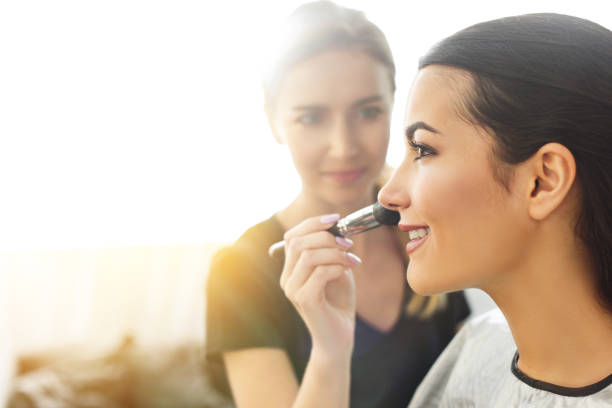They are versatile ingredients used in cosmetic formulations for many different uses, such as cleaning, foaming thickening and dispersing. They are utilized for improving product spreadability, and to condition skin/hair.
These can either be synthetic or natural and they generally come from petroleum-based chemicals. However, there are alternatives from renewable raw materials that provide a balance between cost as well as efficiency, and impact on the environment.
Skin Care Formulations with Surfactants
The cosmetic surfactant has a chemical structure which allows it to fulfill several roles that are essential to formulas. The functions include washing, emulsification and foaming.
Surfactants which are commonly employed in personal care products are generally anionic. They have excellent cleansing properties and is able to take away fats, oils and debris from skin surfaces. They are often combined with other nonionic, or amphoteric, surfactants to reduce the irritation. Some examples include sodium lauryl sulfate and cetearyl alcohol.
If surfactants are present in solution they form micelles, which are a collection of hydrophilic and lipophilic parts which resembles a cream-filled donut. Surfactants in water move randomly at low concentrations but never form shapes. At critical concentrations of micelles however, they begin to form spherical shapes. The outer layer of micelles are hydrophilic and the interior is lipophilic allowing the surfactants to trap sebum, dirt and oils.
Functionalities of Surfactants Used in Cosmetics
Surfactants are essential components in cosmetics, providing multiple functions, such as cleansing, foaming, the ability to thicken, emulsify and condition. Surfactants are effective at increasing the sense of smell and taste cosmetics.
For cleanser formulations, surfactants are designed to remove dirt and oil impure skin through reducing the surface tension. Surfactant molecules have negative charges and are able to bind positively charged pollutants.
Surfactants help make sure that oil and water-based components are stable in emulsions. This results in a silky texture as well as improved efficacy. They can also disperse powders uniformly and steadily, maximizing the sunblock, concealing and whitening benefits. They can also improve the solubility of certain ingredients that are insoluble.
Types of Surfactants for Cosmetics
One of the most important groups of raw materials that are used in cosmetic production is Surfactants. While they’re frequently regarded as “bad” or hazardous ingredients, they actually perform many useful functions including emulsifying, wetting and dispersing.
They also make great foaming agents, detergents, and cleaners. They can be made synthetically or naturally derived. Chemical reactions like the sulfonation process of petrochemicals in order to create the ethoxylation process are utilized. The most common surfactants used in cosmetic and personal care products are sodium lauryl (SLS), ammonium lauryl (ALS), or sodium laureth sulfates. Surfactants are made up of lipidophilic and hydrophilic ends. They reorganise after being added to enough water.
Surfactants: The role they play in emulsification
Surfactants are a vital ingredient in the formulation of cleansing products. It assists in removing the oil that is accumulated on skin and hair. Surfactants are also used as an agent of wetting for cosmetic creams to make them simpler to apply.
Based on the properties the molecules they are, surfactants can be typically nonionic, cationic, or amphoteric. They are composed of hydrophilic heads (like water loving flowers) as well as hydrophobic tails which bind to fats and oils. When surfactants are dissolving in water, they transform into micelles. The hydrophilic heads face outwards while hydrophobic tails grab oil or dirt.
They are also great emulsifiers, wetting agents and detergents. They are also known to disperse solid particles evenly and uniformly in cosmetics to maximize their whitening, concealing and sun protection effect. They are also used to create emulsions, like water in oil or in oil Emulsions.
The impact of surfactants on formulation quality
Surfactants in cosmetic formulations have a number of functions that include emulsifiers as well as wetting agents. Surfactants are essential in formulating cleanser products that require gentleness for the skin and hair, but effective enough to remove oilsy impurities.
In very low concentrations surfactants simply bounce around randomly, but at a critical point, called the Critical Micelle Concentration (CMC), they form thermodynamically solid structures known as micelles. This way the polar groups of the heads and tails can mix and create micelles that remain thermodynamically stable.
Sadly, the majority of the chemical surfactants are derived from petroleum chemicals and therefore a concern for healthy skin. There is a push to find natural surfactants that are sustainable and safe.

